Last month, I had the pleasure of attending Pack Expo in Las Vegas for the first time in about five years. I’ve always enjoyed that show, seeing all the packaging machinery and conveyors operating, watching the pneumatics and motion control technologies do what they do best.
But I did notice one thing this year — many companies are pushing electric and mechanical options more so than ever, noting that they’re moving away from compressed air and pneumatic control because of efficiency issues. Even legacy pneumatics companies had a big push for their electric solutions.
At Festo, they were showing a canning/packaging machine from Codi Manufacturing that was converted from all-pneumatic control to almost completely electric, apart from the vacuum grippers used to place the four-pack cardboard holders onto the cans. (Stay tuned for a full story on this machine in a later issue).

Mike Hoffman, manager of enginieerinig from Codi said the need for quick changeovers and less downtime was the initial reason behind the push to move to electric actuation. But when they saw that the actions were more controlled, had less violent motions, and were more efficient, it was a no-brainer to remove the pneumatic valves.
Over at Coesia, a manufacturer of packaging machinery, I had a chance to view several machines running both pneumatic and electric control systems. There, they switched one of their main compressed air systems to a vacuum pump because, once again, compressed air leakage and inefficiency were a concern. (Again, stay tuned for more information on Coesia’s systems.)

This seems to be a recurring theme lately. Clearly, there has been a noticeable shift in industrial and automation technologies in recent years, with electric actuation steadily replacing pneumatics in various applications. Should we be concerned about pneumatics becoming obsolete?
No. And here’s why: just like hydraulics, pneumatic technologies still have cost-effectiveness, durability, and density on their side.
As I was drafting this commentary, I just happened to stumble upon a live LinkedIn presentation by Dr. Elvira Rakova, CEO at DIREKTIN, which offers a platform to reduce energy consumption of compressed air systems. She admitted that yes, in certain circumstances, electric actuators are the way to go, especially when multiple velocities and cycles are required. But when looking at long-term costs and maintenance, pneumatics will almost always win out as the less costly option and the one that’s easier and cheaper to maintain and fix.
The caveat here, she said, is in sizing and selection. It is crucial to right-size your components, particularly your cylinders, to ensure an efficient operating system. It’s just as crucial to maintain and manage these systems with modern technology. Compressed air is still a cheap commodity, but if it’s not monitored and used wisely, it could cost you thousands of dollars more than necessary.
While the transition to electric systems offers undeniable advantages, it is crucial to recognize that pneumatic technologies still hold their own, offering unique benefits and cost-effectiveness that cannot be easily dismissed. Pneumatic systems are inherently simple and robust. They can withstand some of the harshest environments, such as washdown and high-speed, repeatable processes, which can cause vibration and damage electric actuators. Sometimes, they are the only option where electrical spark or flammable risks are present.
Throughout our October issue, and in every issue of Fluid Power World, you will find several articles highlighting opportunities to increase compressed air efficiency, manage leakage, and right-size your system components. Be sure to turn to read this Design Notes item from CaseIZ and Rockwell, as well as others to learn how to optimize your compressed air and automation systems. And as always, visit pneumatictips.com for new content each week.

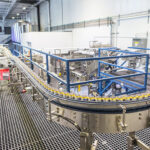
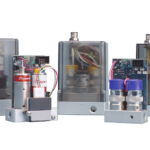
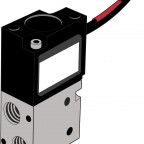
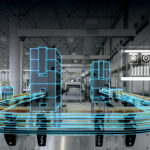
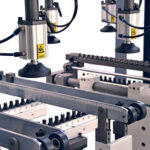
The reason air leaks are not repaired is because there is no mess! A hydraulic leak makes s big mess in a hurry, so it gets repaired in a fairly short time. But a cubic foot of air leaves no messy trace. So it gets ignored.
I don’t have an easy solution for that.